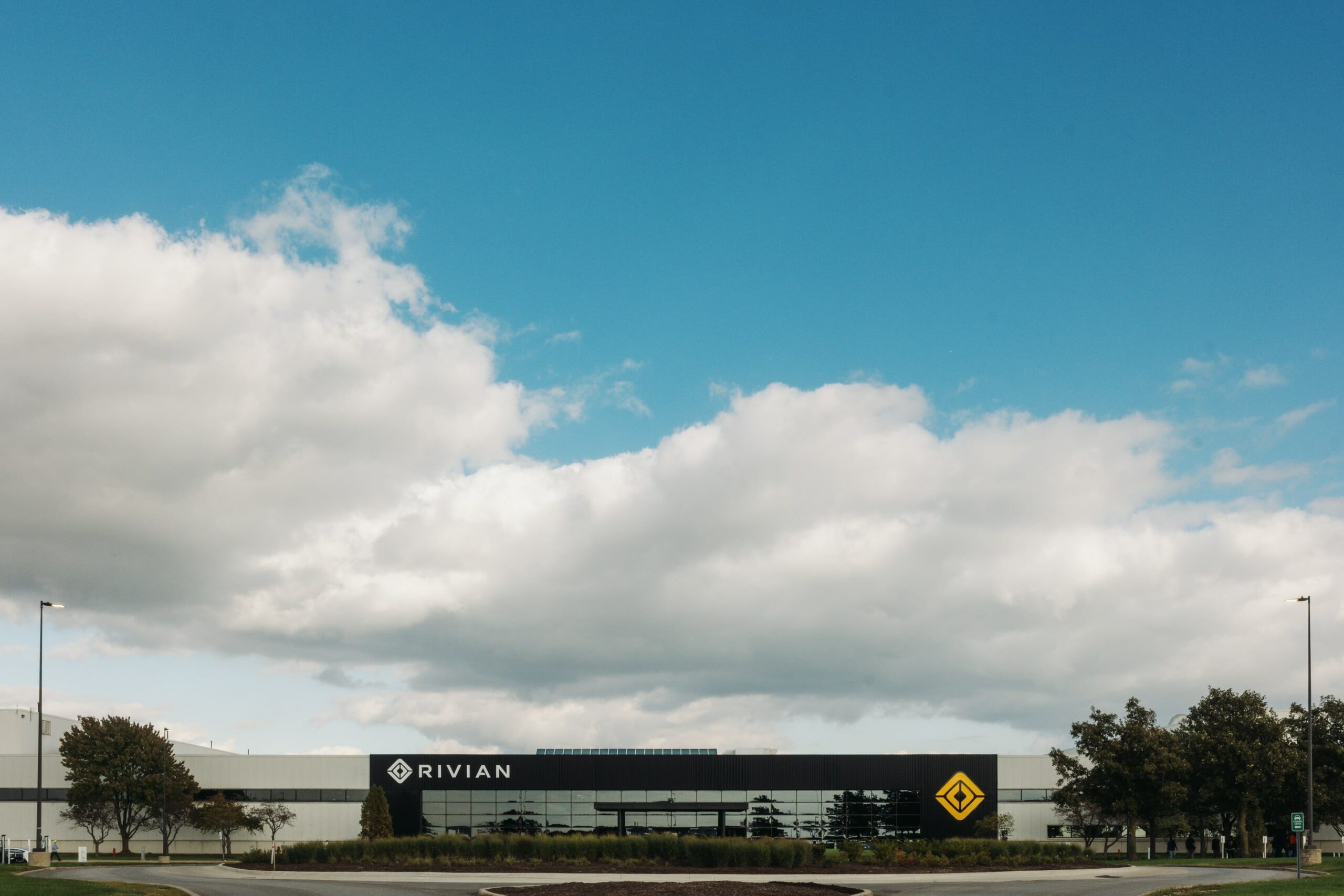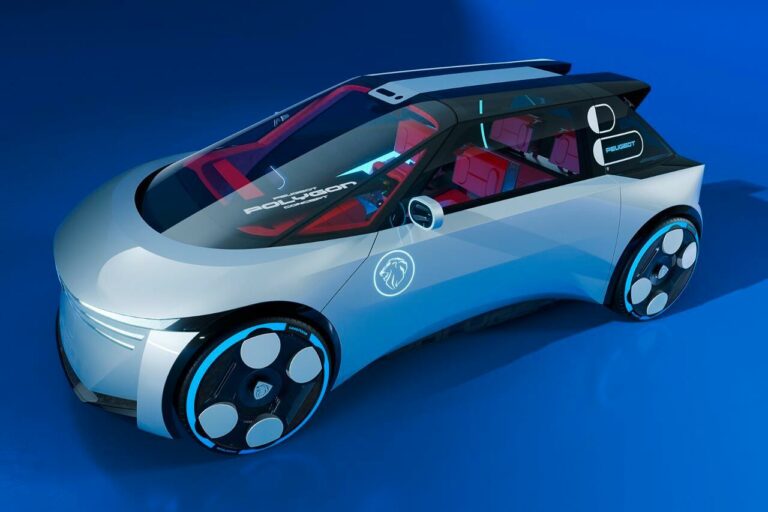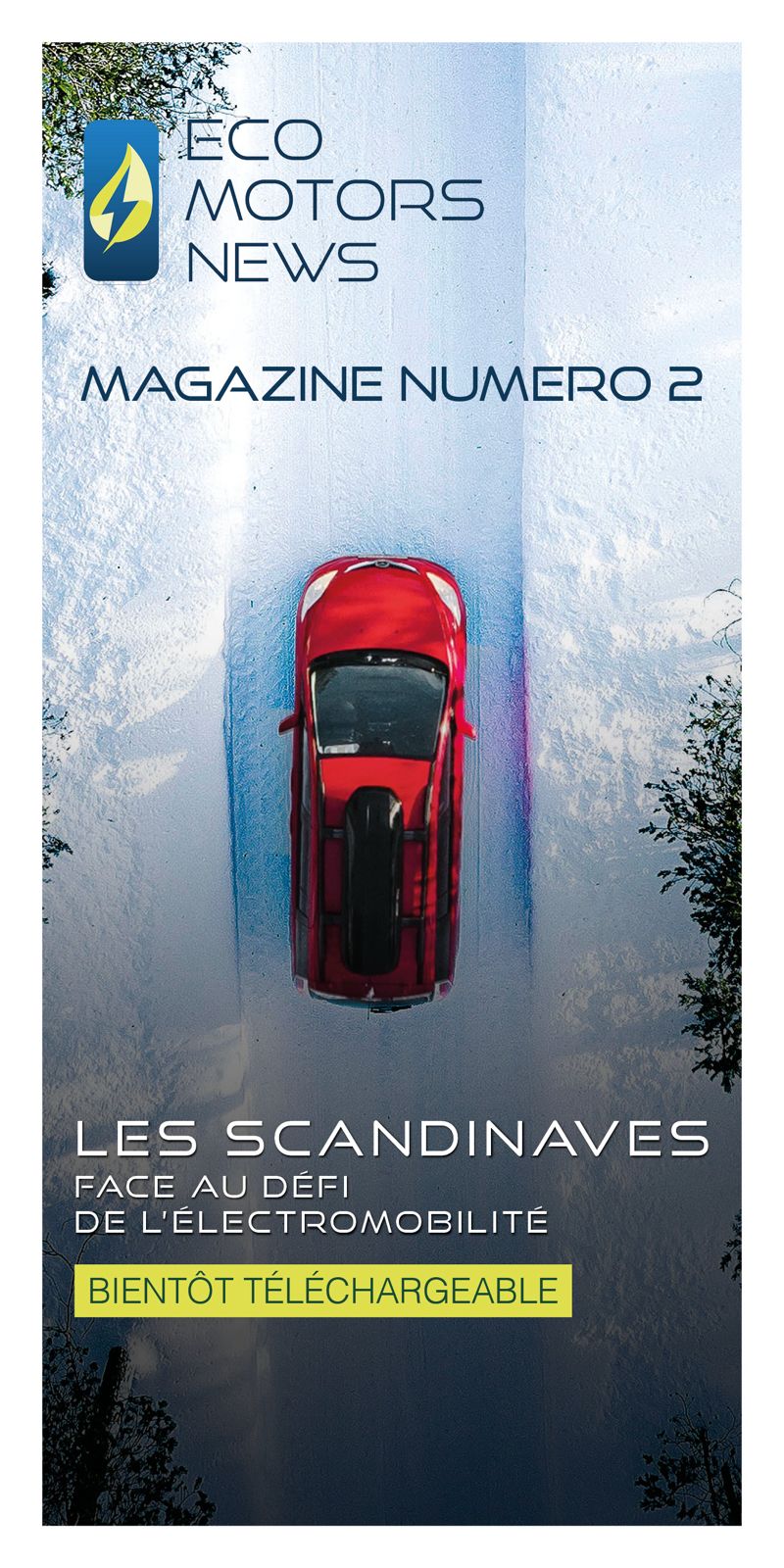American EV manufacturer Rivian Automotive is going through a decisive moment. While the brand is focusing on its new compact SUV, due to be launched in the first half of 2026, it is currently facing serious financial strains.

R2: a strategic model for Rivian
Unveiled over a year ago, the Rivian R2 and its 4.71 metre length are aimed directly at the mass-market electric SUV segment, in competition with the Tesla Model Y and the Ford Mustang Mach-E. The vehicle retains the Rivian DNA: a square, robust design inspired by the R1S and an outdoor philosophy faithful to the Californian brand.
In November 2025, the brand announced that development of the R2 was well advanced: prototypes are being assembled at the Normal factory in Illinois, and a little more is known about its technical specifications. Three configurations will be offered: single-engine, twin-engine and three-engine, each corresponding to a more or less affordable range. The announced range exceeds 480 km, for a price that should reach $45,000 in the United States, a strategic price for the brand that wants to widen its audience and thus reach more profitable production volumes.
CEO RJ Scaringe has confirmed that the first commercial version will be a well-equipped but affordable twin-engine Launch Edition, to maximise take-up from launch. The European version is not expected until 2027.
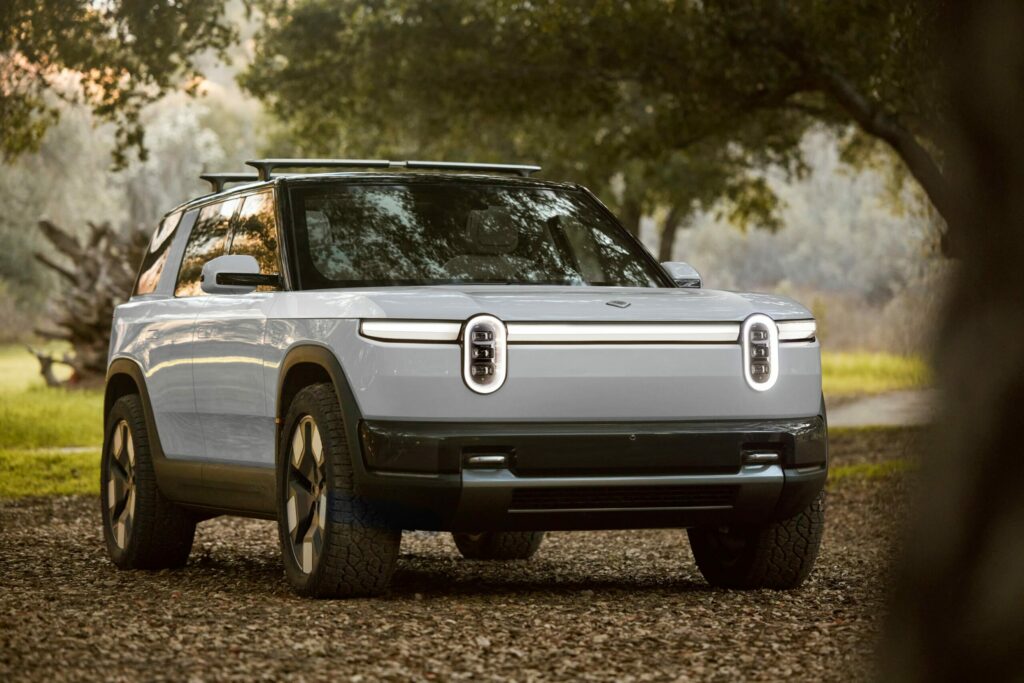
A financially fragile company
Despite these advances, Rivian remains in the red. For 2025, the company is forecasting an operating loss of between 2 and 2.25 billion dollars, compared with an initial forecast of 1.7 to 1.9 billion. Sales are stagnating at around 50,000 vehicles a year, far short of the volumes needed to be profitable.
Even more worryingly, in October 2025 Rivian carried out a third wave of redundancies, cutting around 600 jobs, or 4.5% of the workforce, bringing the total annual cuts to more than 10%. These cuts come at a time when the company is having to adjust its workforce in the face of a weakened US EV market, linked in particular to the expiry of the $7,500 federal tax credit.
A controversial remuneration plan
While sales figures are nothing to write home about, on 7 November 2025 the board of directors announced, in a document sent to the U.S. Securities and Exchange Commission (SEC), a record remuneration package for CEO RJ Scaringe. According to Reuters, the sum allocated could reach an astronomical 4.6 billion dollars over ten years, a plan inspired by that of Elon Musk. The plan is conditional on ambitious objectives, namely to increase the share price to at least $40 from the current $15.22, and to meet the various financial targets set (profit, cash flow) over several years.
The announcement, which came just after the redundancies and against a backdrop of massive losses, drew criticism. While some see it as a necessary ambition to attract and retain the executive in his post, others feel that announcing this plan, which could bring in $4.6 billion for a single person, at such short notice, gives the Californian manufacturer an unfair and inconsistent image.
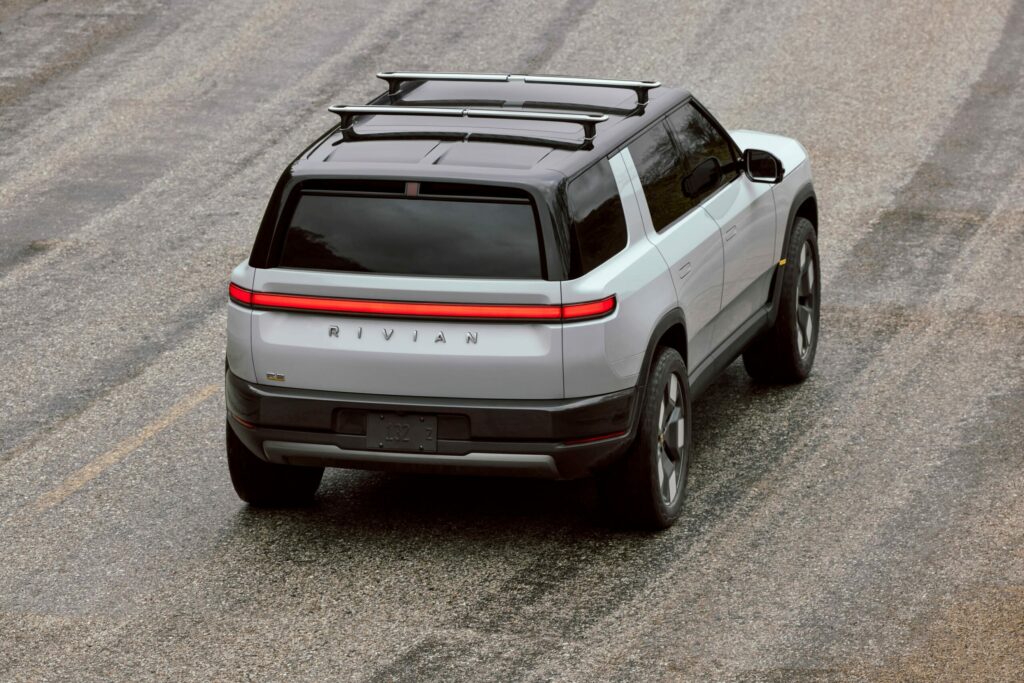
R2: a decisive test for Rivian
For the brand, the R2 is much more than a new model: its success will determine whether or not the brand can achieve significant volumes, reduce its losses and win over consumers in the face of fierce competition.
One thing is certain: with the announcement of the remuneration package for the CEO, RJ Scaringe will do everything in his power to ensure that Rivian Automotive remains a major player in the electromobility sector.

